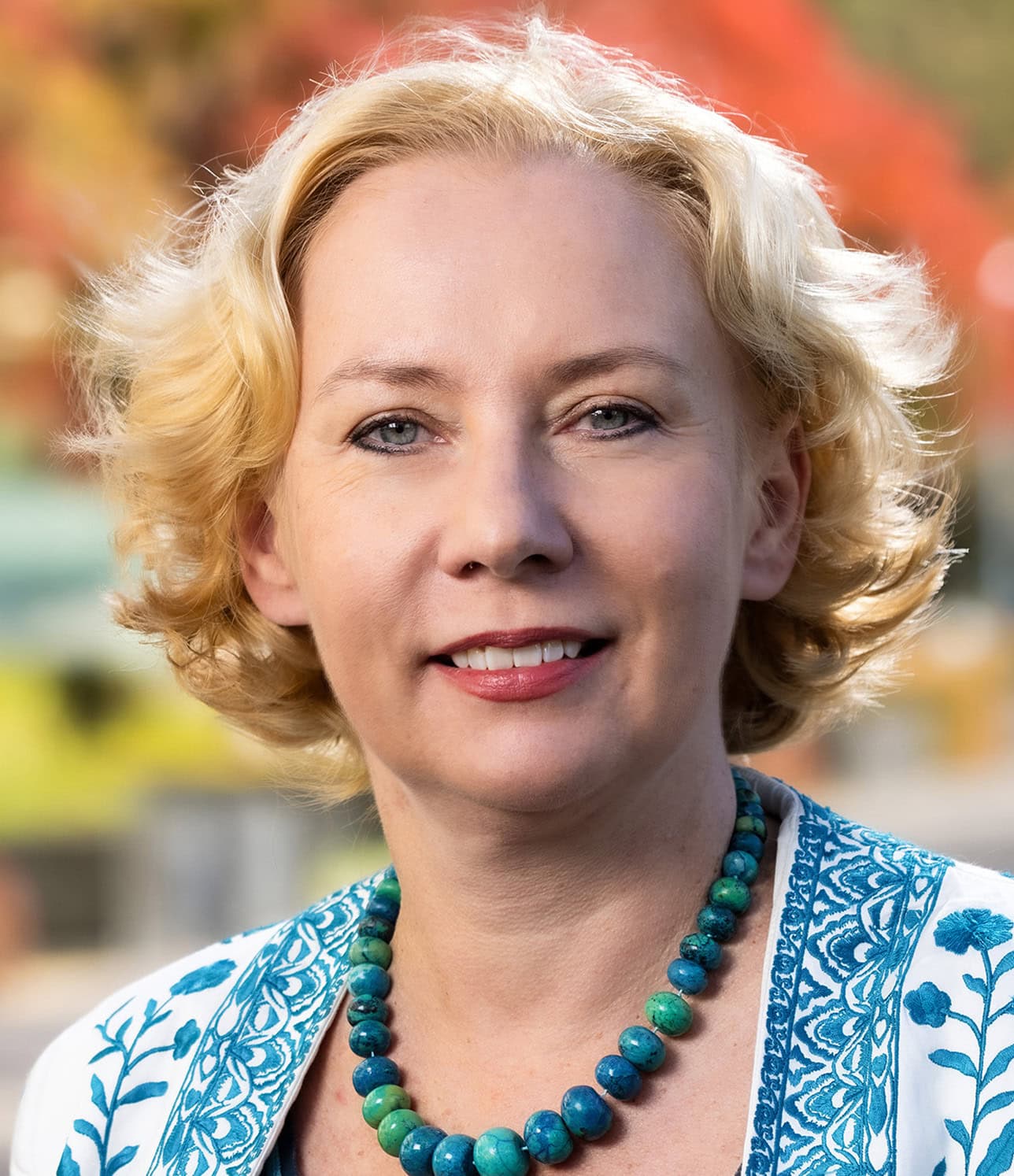Biosketch
Joanna Wysocka is a Lorry Lokey Professor in the Department of Chemical and Systems Biology and the Department of Developmental Biology at Stanford University School of Medicine, a Member of the Stanford Institute for Stem Cell Biology and Regenerative Medicine and an HHMI Investigator. She obtained her MSc degree at the University of Warsaw, Poland and moved to the US for her PhD work at the Cold Spring Harbor Laboratory with Dr. Winship Herr. After graduating in 2003, she did her postdoctoral training at the Rockefeller University, where she studied histone methylation with Dr. C. David Allis. She became a faculty member at Stanford in 2006, and an HHMI investigator in 2015. Her research is focused on gene regulatory mechanisms governing human development, disease and evolution. Honors include the Searle Scholar and W.M. Keck Foundation Distinguished Young Scholar Awards, International Society for Stem Cell Research (ISSCR) Outstanding Young Investigator Award and Momentum Award, and Vilcek Prize for Creative Promise. She was elected to the American Academy of Arts and Sciences in 2018 and as EMBO international member in 2019.
Research Interests
Research in the Wysocka laboratory is focused on understanding how regulatory information encoded by the genome is interpreted by transcription factors and chromatin modifying machinery to allow for emergence of form and function during human embryogenesis and evolution, and how perturbations in this process lead to disease. Her laboratory is employing a broad combination of genomic, genetic, biochemical, biophysical, and embryological approaches to investigate function and regulation of the non-coding genome and to understand regulatory principles governing stem cell identity, cellular plasticity and differentiation. Using cranial neural crest cells and human face as a model, Wysocka and colleagues are investigating how quantitative changes in gene transcription dictate phenotypic differences between individuals and species. Some of her group’s notable contributions include discovery of chromatin signatures associated with active and primed enhancer elements, development of new approaches to observe and perturb cis-regulatory regions in the genome, studies of human retroelement activity and function during human development, and insights into the mechanisms by which non-coding and coding mutations lead to changes in gene expression that drive evolution, individual variation and disease of the human craniofacial complex.
Membership Type
Member
Election Year
2024
Primary Section
Section 22: Cellular and Developmental Biology
Secondary Section
Section 21: Biochemistry
